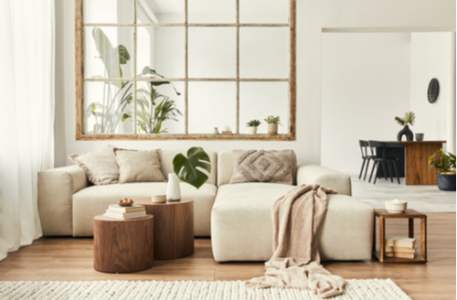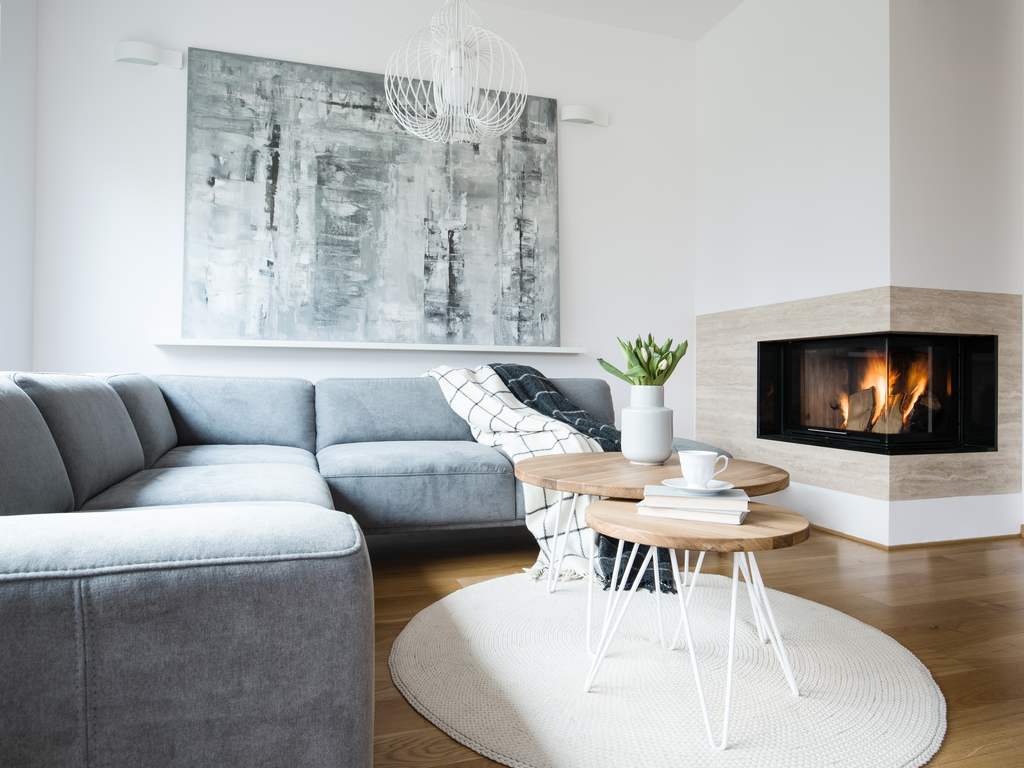
5 Facts About Home Staging
Home staging continues to play a vital role in the home buying and selling process, according to a new survey published by the National Association of REALTORS® (NAR). The 2021 Profile of Home Staging shares the latest perspectives from real estate professionals, including buyers’ and sellers’ agents.
What can you learn from the report if you’re interested in buying a home or preparing your current home for sale?
1. Many buyers need help visualizing a home’s potential.
When a home is empty, buyers can struggle to envision integrating furniture into a room and using the space to its full potential. Just a handful of pieces can give them a better sense of room proportions and possible furniture arrangements.
Even when sellers plan to live in their home while it’s on the market, staging can help them make better pre-listing decisions about what furniture needs to go into storage (along with other decluttering efforts) and which pieces can stay.
When working with buyer-clients, agents routinely observe the positive impact of staging. A whopping 82% of buyer’s agents agreed that a staged home makes it easier for buyers to visualize the property as a future home.
2. Buyers may spend more on a staged home and buy it more quickly.
Staged homes often lead to higher sales prices and faster sales. NAR’s report found that 23% of buyers’ and sellers’ agents said that home staging raised the price offered between 1% and 5%, compared to similar homes that hadn’t been staged.
Nearly a third of listing agents (31%) reported that staging significantly decreased the amount of time a home was on the market.

3. It’s more important to stage some rooms than others.
Nearly a third of listing agents (31%) said they staged all of their sellers’ homes before listing them for sale. But that doesn’t mean they staged the entire house. Some rooms are more important than others.
Listing agents said these are the top 5 priorities for staging:
Living rooms - 90%
Kitchens - 80%
Primary bedrooms - 78%
Dining rooms - 69%
Bathroom - 56%
Since living rooms, kitchens, and primary bedrooms are where homeowners spend most of their time, it’s logical that these are the highest priority spaces.
4. Television programming is shaping buyers’ perspectives of how a home should look.
Programs about buying, selling, and remodeling homes have made a strong impression on consumers, impacting their opinions on how a home should look and what kind of home they want to buy.
Real estate agents see this firsthand when helping buyers shop for homes. Sixty-three percent of survey respondents report that buyers say homes should look like they were staged on TV shows.
Even more respondents (68%) said that buyers were disappointed by how homes looked compared to homes they saw on TV shows.
5. TV shows can also distort buyers’ perceptions of the purchasing process.
Real estate reality shows compress the buying process into a timeframe that appears to take 60 minutes or less, reducing the number of properties typically considered and omitting critical steps in the buying process.
It’s a formula that can generate disappointment; 71% of agent respondents say that the shows’ depiction of the buying process has impacted their business by setting unrealistic or increased expectations.
But just over a quarter of agents (27%) did credit television shows for educating home buyers and sellers.
If you’re interested in buying a home and want to find a real estate professional who is uniquely qualified to educate and assist buyers, learn more about Accredited Buyer’s Representatives (ABR® designees) and search for one in your area.
And, if you’d like to read more facts from NAR’s latest research on home staging, you can download the full report here.
